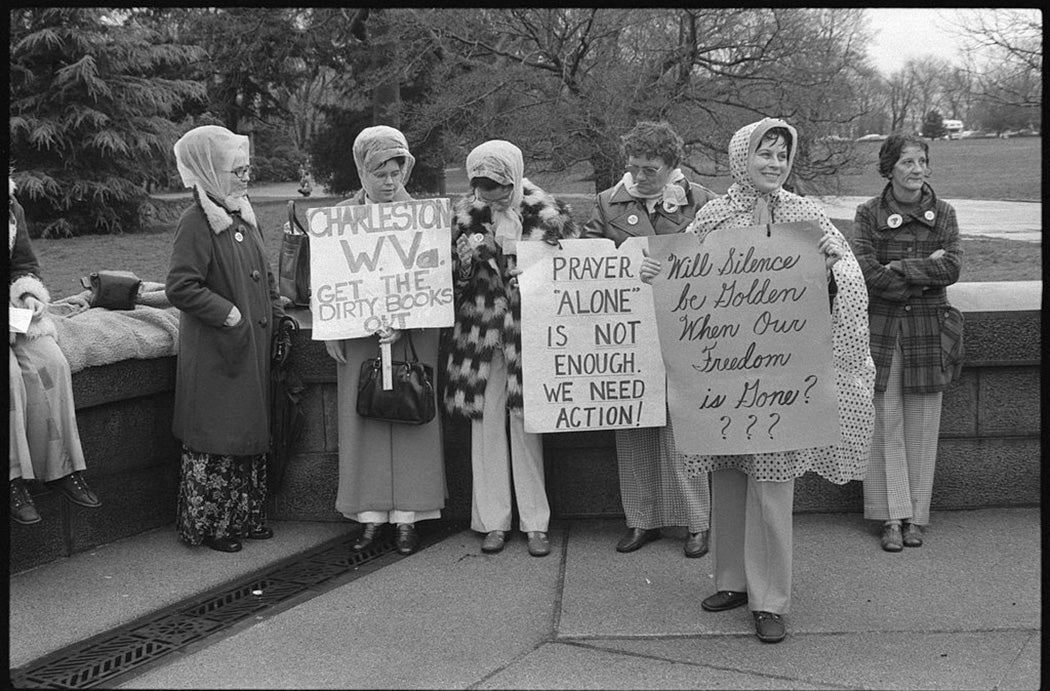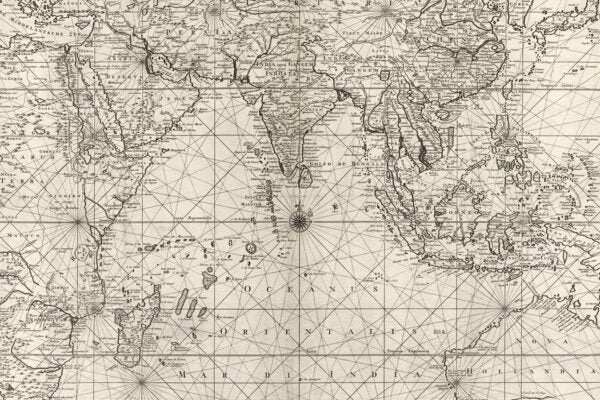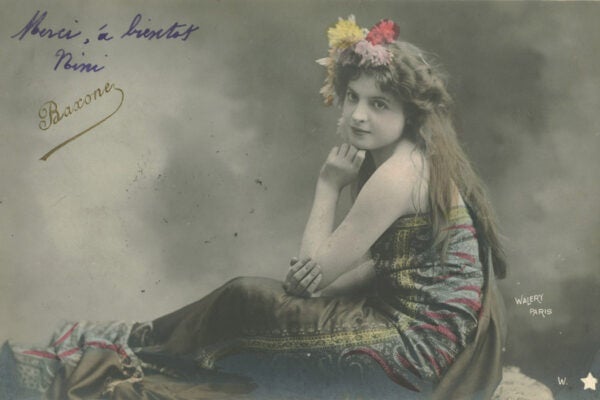With battles over critical race theory dominating headlines now, it’s worth remembering a curriculum dispute that foreshadowed the issues of today. According to literature scholar Carol Mason, a 1974 fight in West Virginia exposed and solidified the “variety of discourses, tactics, and alliances that brought right-wing politics into the mainstream after the 1960s.”
The Kanawha County Board of Education assembled in April for a fairly routine meeting, to determine whether school textbooks “met a state-sanctioned mandate to include multiethnic and multiracial literature in the new curriculum.” What the board or much of the community might never have expected was that these books were about to set off what Mason calls “the most violent curriculum dispute in American history.”
The fight was led by board member Alice Moore. As lawyer and State Senator Paul J. Kaufman wrote in 1975, Moore ran for a seat on the school board on “an anti–sex education platform.” And if nothing else, she kept her campaign promises. Moore succeeded in ending nearly all sex ed in the county, a program that, Kaufman points out, had been taught “in one form or another for some 40 years.” Though many reports painted Moore as a concerned parent suddenly drawn into politics, the truth was more complicated. As Mason explains, Moore was a seasoned right-wing activist and had worked with the Christian Crusade, a group fighting nationally against sex education. She was also thought to have been affiliated with the John Birch Society.
Admitting that she had not read the books in question yet, she protested their adoption. She also questioned the board’s lack of transparency to parents. But as Mason points out, “concerned parents were given ample opportunity to examine the proposed books,” which were on display at the public library for a month before the board meeting. Works like The Autobiography of Malcolm X, selections from Sigmund Freud, and the poetry of e.e. cummings were the subject of debate.
Moore objected to the books as un-Christian (“The secondary and elementary schools are being taken over by a humanistic, atheistic attack on God”) and anti-American (“We should show that there are things worth fighting for, like the defense of our country—and not talk so much about peace and revolution”). She also found works by Black authors as lacking (“It’s depressing for kids to read about ghettoes, [and] people living in poverty as in the writings of Dick Gregory and James Baldwin”). Even though, as Kaufman writes, Moore was reminded that books reflect life, she “responded that textbooks should show life as it should be, not life as it is.”
Weekly Newsletter
Moore rallied support for her cause, leading to a protest of over a thousand people who opposed the books. But it didn’t end there. The protests became increasingly violent, with “shootings, beatings, numerous jailings, [and] firebombing of schools,” Kaufman writes. The arrests even included members of the school board for “contributing to the delinquency of minors.”
Most of the books were eventually added that November, but the protests “signaled the rise of various kinds of conservatism and right-wing action,” Mason notes. But book battles also raise a bigger question, according to Kaufman: “in a pluralistic, multi-racial, polyglot society such as ours—in whose image do we rebuild?”
Support JSTOR Daily! Join our new membership program on Patreon today.







